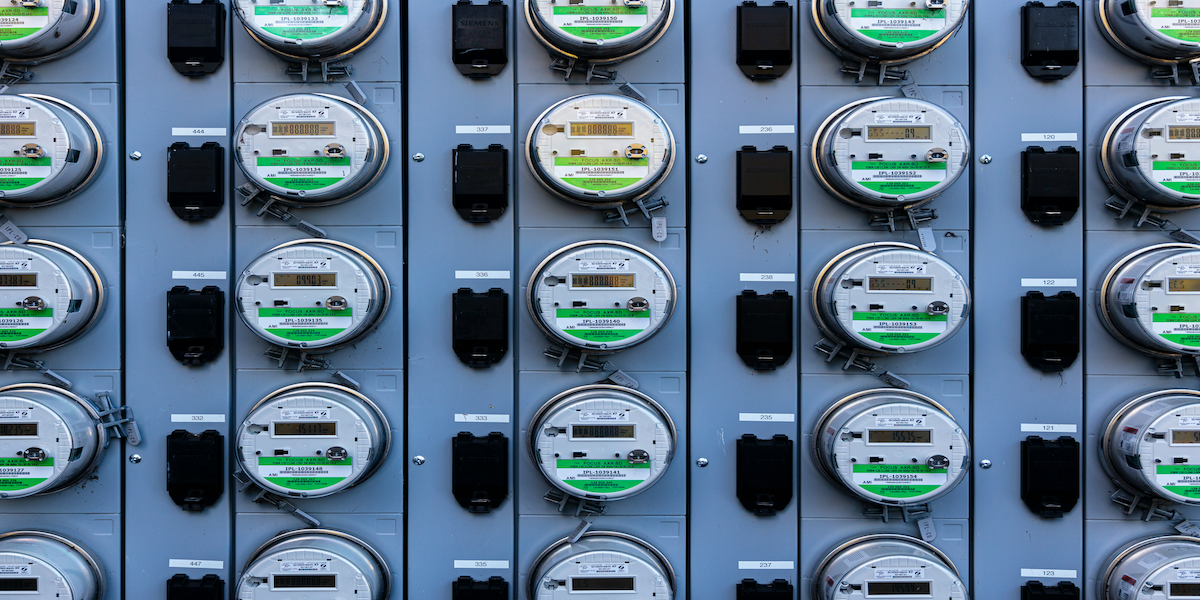7 Steps to Establishing a Successful Retirement Fund
Image commercially licensed from Unsplash
Planning for retirement is a critical step toward securing a financially stable future. Establishing a successful retirement fund requires careful consideration and strategic actions to ensure that you can enjoy your golden years without financial worries. In this article, we will outline seven essential steps to help you build a robust retirement fund that can support your lifestyle and aspirations. From establishing a budget and tracking expenses to taking full advantage of employer-sponsored retirement plans, we will guide you through the process of setting aside money each month, maximizing tax breaks, diversifying your investments, and considering expert advice when needed.
1. Establish a budget and track your expenses
The foundation of a successful retirement fund begins with establishing a budget and diligently tracking your expenses. Commence by evaluating your present financial position and establishing a realistic amount you can allocate for retirement on a monthly basis. Developing a budget enables you to pinpoint areas where you can reduce unnecessary expenses and redirect those funds towards your retirement savings.
Track your expenses meticulously to gain a clear understanding of where your money is going and identify areas where you can make adjustments. You can find out more on smsfaustralia.com.au, and similar sites. By gaining control over your spending habits and aligning them with your long-term retirement goals, you can ensure that you are consistently contributing towards your fund and moving closer to financial independence.
2. Take advantage of employer-sponsored retirement plans
If your employer offers a retirement savings plan, it’s crucial to take full advantage of this opportunity. These plans often come with employer-matching contributions, which means that for every dollar you contribute, your employer will match a portion of it. This is essentially free money and can significantly boost your retirement savings.
Take the time to understand the specific details of your employer-sponsored retirement plan, including contribution limits, investment options, and vesting schedules. Maximize your contributions to the plan, aiming to contribute at least enough to receive the full employer match. By doing so, you can capitalize on the power of compounding growth and accelerate the growth of your retirement fund.
3. Set aside money each month for contributions
When it comes to establishing a prosperous retirement fund, maintaining consistency is paramount. Make it a habit to set aside a portion of your income each month specifically for your retirement savings. Treat it as a non-negotiable expense, just like paying your bills or meeting other financial obligations. Set up automatic transfers or direct deposits to divert a predetermined amount directly into your retirement fund.
By automating the process, you remove the temptation to spend that money elsewhere and ensure that you consistently contribute towards your retirement goals. Even if you can only start with a small amount, the important thing is to establish the habit of saving regularly. Over time, as your income increases or your financial situation improves, you can gradually increase your contributions, further strengthening your retirement fund.
4. Take advantage of tax breaks to maximize your savings
The tax code offers several incentives and breaks that can help maximize your retirement savings. Explore options such as contributing to tax-advantaged retirement accounts like IRAs (Individual Retirement Accounts) or Roth IRAs, which offer tax advantages either on the front end or the back end.
Additionally, familiarize yourself with the rules and limits surrounding catch-up contributions if you are age 50 or older. By strategically leveraging these tax breaks, you can reduce your taxable income and potentially save more money for your retirement.
5. Diversify your investments to hedge against risks
Diversification is a fundamental principle in investment strategy, and it becomes even more crucial when planning for retirement. Spread your investments across various asset classes, such as stocks, bonds, real estate, and commodities, to mitigate risks and potentially enhance returns. Consider investing in mutual funds or exchange-traded funds (ETFs) that provide instant diversification within a single investment.
Regularly review and rebalance your portfolio to ensure it aligns with your risk tolerance and long-term goals. By diversifying your investments, you can protect your retirement fund from volatility and potentially enjoy more stable and consistent growth over time.
6. Consider seeking advice from a financial planner
Navigating the complexities of retirement planning can be overwhelming, especially if you are unfamiliar with investment strategies and financial markets. In such cases, seeking advice from a qualified financial planner can provide invaluable guidance. A financial planner can assess your unique circumstances, help define your retirement goals, and develop a personalized plan to achieve them.
They can also provide insights on tax-efficient strategies, investment options, and retirement income planning. Remember to choose a reputable and trustworthy financial planner who acts in your best interest. Their expertise can help optimize your retirement fund and give you peace of mind throughout the process.
7. Consider alternative retirement savings options
While traditional retirement accounts like 401(k)s and IRAs are popular and effective tools for saving for retirement, it’s important to explore alternative options as well. One such option is a Health Savings Account (HSA), which offers triple tax advantages when used for medical expenses. Additionally, taxable brokerage accounts provide more flexibility and accessibility to your funds before reaching retirement age.
Real estate investments, annuities, and starting your own business can also be viable avenues for building a retirement nest egg. By considering these alternative options, you can diversify your retirement savings, potentially enjoy additional tax benefits, and tailor your strategy to your unique financial goals and circumstances.
Establishing a successful retirement fund requires careful planning, discipline, and a proactive approach. By following the seven steps outlined in this article, including establishing a budget, maximizing employer-sponsored retirement plans, setting aside regular contributions, leveraging tax breaks, diversifying investments, seeking advice when needed, and exploring alternative savings options, you can lay a solid foundation for a secure retirement. Remember, the key is to start early, be consistent, and stay committed to your long-term goals.





